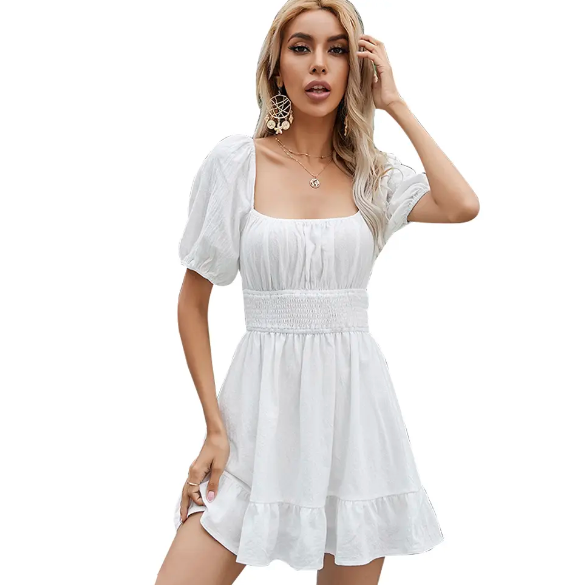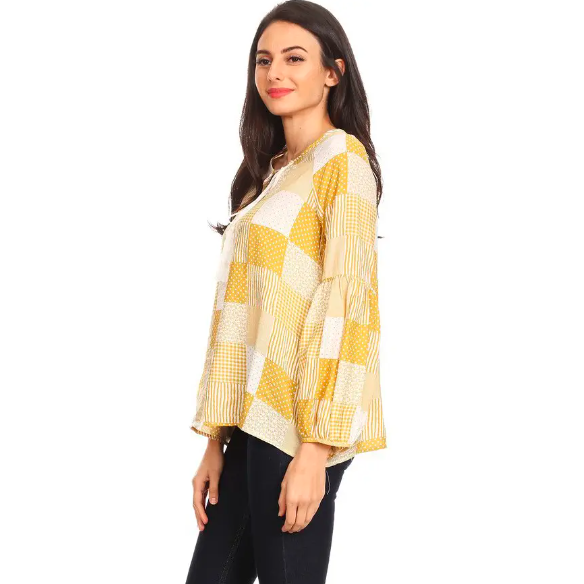The art of textiles has been passed down for centuries and its roots can be traced back to ancient civilizations. From intricate tapestries to functional fabrics, weaving techniques have always been a staple of human creativity and craftsmanship. The weaving process involves interweaving yarns or threads to form a cohesive and strong fabric, often using a loom as a tool of precision and control.
Woven textiles are not only functional, but also carry rich cultural and artistic significance. Many traditional societies used weaving as a means of telling stories, depicting historical events, and displaying creativity through intricate patterns and designs. In many cultures, the production of woven textiles is a communal activity, with knowledge and techniques being passed down from generation to generation, ensuring the preservation of traditional skills and art.
The versatility of woven textiles is evident in their wide range of applications. From clothing and accessories to homewares and decorative arts, woven fabrics are a fundamental part of everyday life. Woven textiles have a long history of use in fashion, and designers continue to explore new ways to incorporate traditional weaving techniques into modern clothing and accessories. The durability and flexibility of woven fabrics make them a popular choice for everything from casual wear to high-end fashion.
In recent years there has been a renewed interest in traditional crafts and hand techniques, including weaving. This resurgence has led to a resurgence in the popularity of handmade textiles as consumers seek unique and ethical products. The quality and craftsmanship of handmade textiles are often unmatched by mass-produced fabrics, making them valuable and sought-after commodities in global markets.
Weaving art also has a place in the contemporary art world, with many artists using woven textiles as a medium for their creative expression. From large-scale installations to smaller, more complex works, woven textiles have become a canvas for artists to explore texture, color and form. The tactility of the woven fabric adds a unique dimension to these artworks, inviting the viewer to interact with the works on a sensory level.
In addition to its artistic and cultural significance, the production of woven textiles also plays a role in sustainable and ethical practices. Many traditional weaving communities are rooted in environmentally friendly practices, using natural dyes and locally sourced materials to create textiles. By supporting the production of handmade textiles, consumers can contribute to preserving traditional crafts and the livelihoods of artisan communities.
In conclusion, textile art is a tradition that encompasses creativity, craftsmanship and cultural significance. From its rich history to its modern applications, weaving remains a revered and timeless craft that satisfies the human desire for beauty, functionality and storytelling. Whether as functional fabrics or works of art, woven textiles will always hold a special place in our lives and hearts.
Post time: Jan-24-2024





